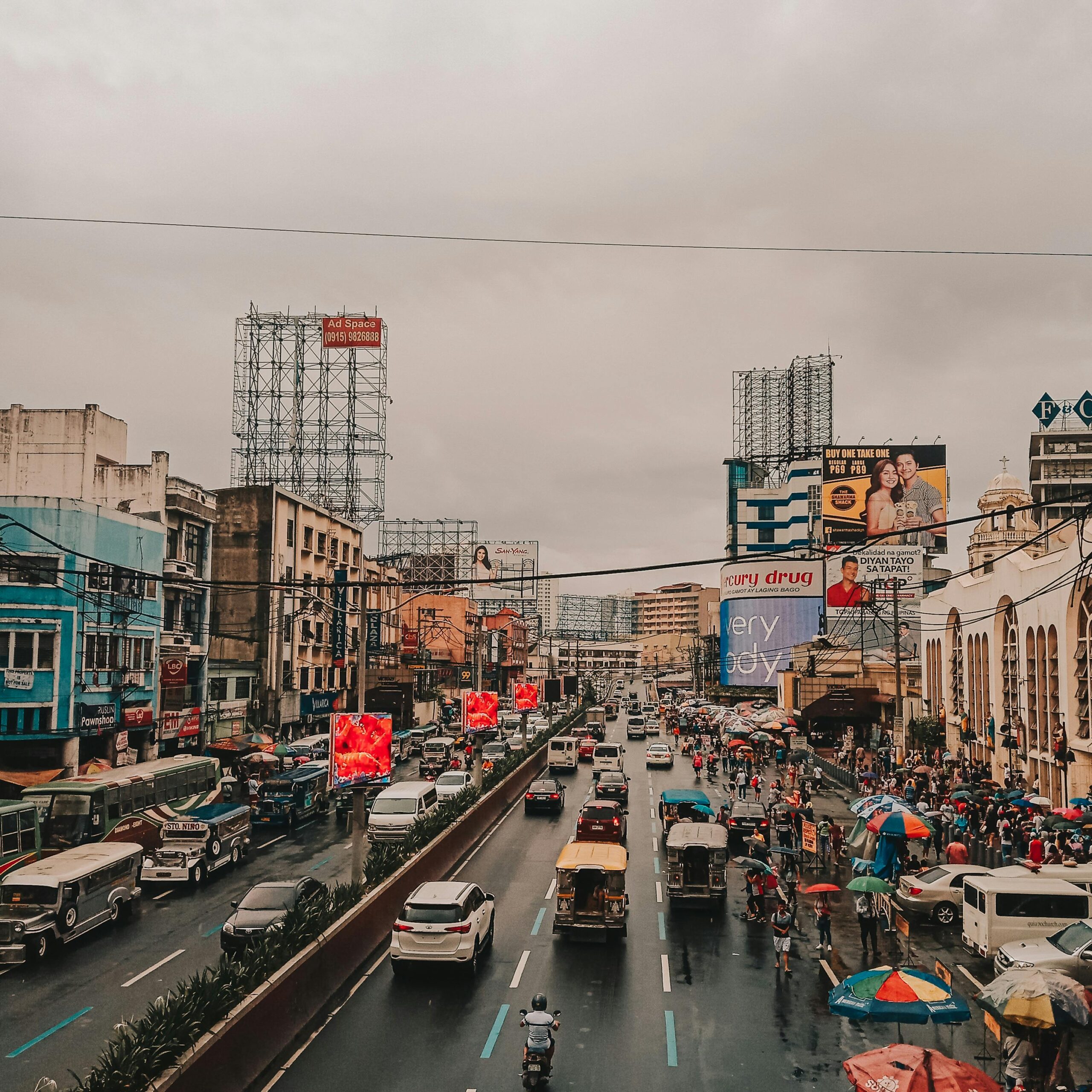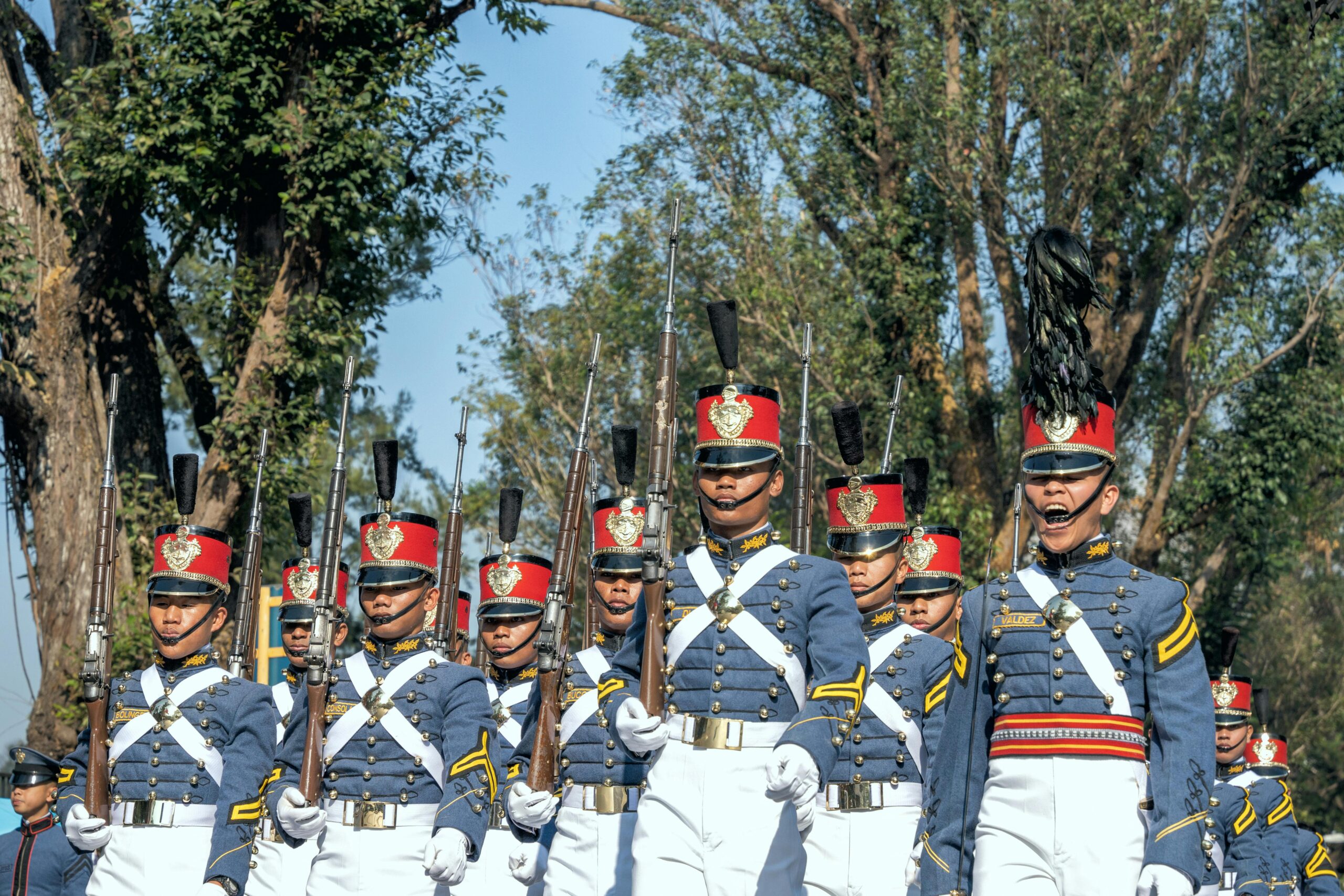It’s May 1st in the Philippines. The sun is already harsh at 7 a.m.; your shirt is stuck to your back, and traffic is a nightmare, even by Metro Manila standards. That’s right — it’s Labour Day.
For some, it’s just another red mark on the calendar, an excuse to sleep in, or a rare chance to binge-watch teleseryes without guilt. For others, especially those working minimum wage jobs (the ones who rarely get a proper day off), it’s a bit of a slap in the face.
But downtown? That’s where the real action is.
You’ve got banners, whistles, and homemade signs that took someone three hours and a cheap paintbrush to make. Workers from all walks of life — teachers, delivery riders, factory workers, union leaders, and a few angry students with more heart than experience — flood the streets. They shout things like “Makatarungang sahod!” and “Proteksyon sa manggagawa!” while police hang around trying not to look too twitchy.
Some of them march because they’ve had enough of being underpaid and overworked. Some march because their dads did. Some want to be heard, even if it’s only for one day a year.
Then there’s the other side of Labour Day — the quieter one. Maybe you’re sitting in a sari-sari store, legs up on a plastic stool, cold Red Horse in hand. Maybe your mom’s in the kitchen, cooking pancit “just because.” No speeches. No signs. Just a kind of peaceful defiance: “We made it through another year.”
Labour Day in the Philippines isn’t just a celebration. It’s a protest, a pause, a parade, and sometimes, a nap. It’s chaotic and quiet, angry and hopeful — depending on where you stand and how much fight you’ve got left.
Photo by Marfil Graganza Aquino]




